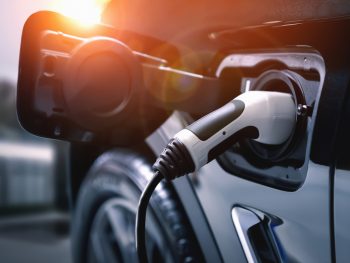Time to move away from ‘unfit-for-purpose’ AER, says VWFS
Fleets should move away from using the HMRC advisory electricity rate (AER) for reimbursement to stop electric company car drivers from being hit in the pocket by high public charging costs.

The new rate will still leave drivers reliant on the public charging network out of pocket
The advisory rate jumped from 5p per mile to 8p per mile from 1 December, but Volkswagen Financial Services Fleet (VWFS Fleet) said the rise only highlights the issues with a single reimbursement rate.
It believes the new rate will likely prove more than sufficient for drivers who can charge at home – but will still leave those reliant on the public charging network out of pocket.
David Watts, fleet product manager for electric vehicles, added that the difference in energy consumption by different EV models, as well as the wide variation in charging costs from one driver to the next, means a single rate cannot capture the true cost to drivers.
“A single AER rate is not fit for purpose and while some drivers will profit, others will find themselves out of pocket,” he explained. “Those who have to rely on the public charging network when travelling on company business will find this does little to help their costs.
“The cost of using public chargers is at least two-thirds more and can be as much as twice that of charging at home, depending on the type of charger used. Drivers relying on public charging will end up out of pocket if they’re only reimbursed at 8p a mile. It’s important that electric company car drivers are aware of the different charging costs.”
VWFS Fleet’s fuel cost comparator tool enables drivers and fleet operators to compare the charging costs across a range of petrol and diesel vehicles, annual mileage and charging options.
And while HMRC has said the AER rates will now be reviewed quarterly, VWFS Fleet is urging businesses to consider the impact of charging costs on drivers and implement solutions to mitigate them.
Watts continued: “Switching from a single rate to a solution which reimburses drivers based on the actual energy cost is the only fair way to manage personal and business mileage costs. This isn’t an easy fix due to the combined sources of electricity that go into the overall energy cost – drivers may use a combination of home, workplace and public charging – but fleets must address the reimbursement disparity.
“There are options out there for companies to help drivers facing these challenges. Charge cards are another solution and work in a similar way to fuel cards, so drivers do not have to pay out of their pocket at all.
“We’d urge businesses to consider all options available for charging and choose the one – or likely a combination of solutions – that will keep costs to a minimum for both themselves and their drivers,” he summed up.












